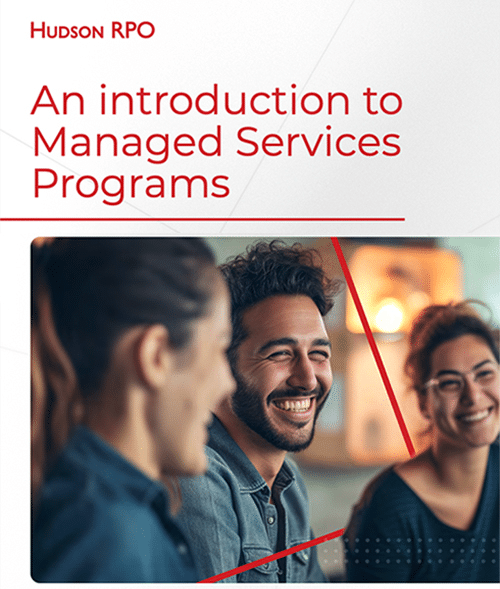- Blogs & Articles
Four steps to integrate Learning and Development into your talent strategy
In the ever-evolving world of work, skills have become an exchangeable currency. Forward-thinking organizations recognize the importance of attracting and retaining top talent by focusing on potential within their existing workforce. Instead of relying solely on external hires, these companies are leveraging innovative methods, particularly Learning and Development (L&D) programs, to nurture and develop the skills of their employees. Rajan Mirpuri, Solutions Director EMEA, shares four steps organizations can take to harness L&D as a strategic tool for future organizational success.
1. Audit your current skill supply
About 40 percent of employers considered retention through Learning and Development programs as a top priority for this year. We are now seeing a significant shift in focus across the talent landscape as employers recognize the immense value of L&D programs. By investing in these initiatives, companies can enhance skills, foster retention and build a resilient workforce that is well-equipped to overcome future challenges.
Rajan Mirpuri - Solutions Director EMEA
2. Map your future skill needs
Now that you have a clear understanding of your existing skill supply, the next step is to map the skills you will need in the future. By comparing your current skill supply with the anticipated future demand, you can pinpoint any skill areas that require attention, enabling you to identify the specific skills that will be crucial for your organization’s success in the coming years. By proactively mapping these future skill needs, organizations can tailor their talent acquisition strategies to attract candidates who possess the desired skills, even if their experience may vary. This forward-thinking approach ensures a workforce that is equipped with the necessary skills to thrive in, what we anticipate to be, a dynamic future.
3. Building a Learning & Development department
Building upon the foundation laid by the skill supply audit and future skills map, the next crucial step is to create a fit-for-purpose Learning and Development (L&D) strategy. Your L&D strategy will play a pivotal role in developing the skills of the future. By assessing the current capabilities of the L&D department and aligning its strategy with future skill needs, organizations can ensure the department’s readiness to drive effective learning initiatives. Depending on your ambitions, this could look like internal and external partnerships, building development pathways for employees and regular learning and development audits. By investing in the L&D department, organizations strengthen their ability to lead successful skill development initiatives while leveraging benefits in employee attraction and retention.
By emphasizing skills-based pathways, organizations can build a more flexible and agile workforce that can readily respond to market shifts and disruptions.
4. Build skills-based pathways
The final phase is to establish skills-based pathways for employees, that aim to create a more resilient and secure workforce. This approach involves identifying key skill clusters or domains and designing clear progression pathways that outline the skills, knowledge, and experiences required for each level. By offering targeted training programs, mentorship, and on-the-job experiences, organizations can actively develop and nurture talent, enabling them to upskill and adapt to evolving business needs. Additionally, by emphasizing skills-based pathways, organizations can build a more flexible and agile workforce that can readily respond to market shifts and disruptions.
As skills become the new currency in the dynamic world of work, harnessing the power of Learning and Development (L&D) is essential. By conducting a skill supply audit, mapping future skill needs, empowering the L&D department, and establishing skills-based pathways, organizations can cultivate a resilient and secure workforce.
Building a Skills-based Organization

Hudson RPO
Content Team
The Hudson RPO Content Team is made up of experts within the Talent Acquisition industry across the Americas, EMEA and APAC regions. They provide educational and critical business insights in the form of research reports, articles, news, videos, podcasts, and more. The team ensures high-quality content that helps all readers make talent decisions with confidence.
Sign up to receive the latest recruitment insights and Hudson RPO news.






